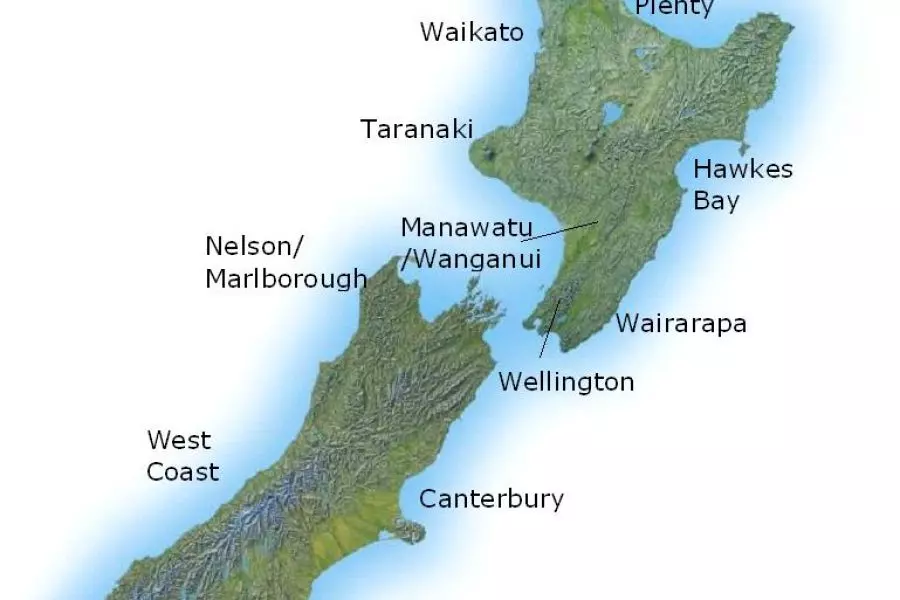
News
House prices continue to ease

Friday 30th of July 2021
House prices have risen a staggering 25.6% in the year to June, the latest QV House Price Index reveals.
However, for the second consecutive month the index has shown a slowing in quarterly house price growth from the previous month.
Values dropped 2.2% from May, with the national average house price now sitting at $943,184.
The average value increased 6.6% nationally ov...
Want to read the full article?
Click the button below to subscribe and will have unlimited access to full article and all other articles on the site.
2 min read





![[The Wrap] Bye Bye Bayly](https://goodreturns.publit.io/file/c_fill,w_900,h_600/39f23ac1-f7c7-4854-b700-a150004ebbac.webp)


